Why Small to Medium-Sized Nonprofits Organizations Fail to Grow
Why Are Nonprofit Organizations Run Differently than For-Profit Companies?

Have you ever found yourself wondering why you need to edit a simple letter multiple times before it goes out to the door, or why you sometimes spend most of your time in meetings instead of working on those deadline-driven tasks? Have you ever found yourself reporting not to one but two supervisors, and sometimes even to a member of the Board of Directors? Have you been the recipient of an urgent request needed first thing in the morning for presentation to the Board of Directors, right when you were getting ready to leave the office? For those of you in the fundraising field, have you received marching orders to raise substantial amounts of revenue without a feasibility study, reasonable timeline, a detailed plan, or included in the planning process? Do you ever feel your life at work is reactive, running to put out one fire after another?
If you answered yes, to any of these questions, you are not alone. I have often wondered why nonprofit organizations run so differently than for-profit companies? And by different, I mean inefficiently. Or do they? Are these inefficiencies specific to the nonprofit sector? The above scenarios are apparent symptoms of a poorly run company, but why do they seem more prevalent in nonprofit companies?
At first glance, the answer might be obvious: for-profit companies exist in a fiercely competitive world where their goal is to generate as much income as possible for their owners or stakeholders. Mission and purpose-driven nonprofit entities, in contrast, generate charitable revenue from individuals, institutions, governments, and via special events to sustain and grow the operations of the organization and fulfill the mission or service. However, this clear difference has become much more nuanced in the last 30 years or so. Although the goals and tax codes that differentiate these two entities still hold, the disparities that separated them are no longer vast. Many corporations and nonprofits advertise their mission, vision, and company values, develop and execute strategic plans, support transparent company culture, embrace and project socially responsible positions, and invest in community relations initiatives. Some large corporations have foundations that regularly extend grants to the nonprofit sector. Many companies have also transitioned to more progressive working hours and conditions, in some cases requiring employees to take vacation days. The rise of B corporations, businesses that serve a social purpose, has also contributed to blurring differences between nonprofits and for-profits. Similarly, today's nonprofit organizations often demand ROIs from their leadership; supervisors measure staff's work against clear KPIs, and executive directors implement financial or programmatic initiatives following well-thought-out plans. Compensation in the nonprofit sector has also risen in the last decade.
So why do many small to medium-sized nonprofits fail to thrive? Lack of money seems to be the pat answer. I would argue that the differences between for-profit and nonprofit companies, and an implication of well-run versus poorly run, have less to do with money and more to do with how they are structured and organized from the outset. In other words, the difference in outcome has less to do with whether a company is for-profit or nonprofit and more to do with the initial mindset of the organization. I am still surprised to hear repeatedly that some nonprofit managers do not see themselves as "business people." However, if you are involved in running a nonprofit company, it is your responsibility to ensure it continues to exist and thrive. Regardless of its financial goal, management should run a company with sustainable growth in mind.
The Growth Mindset
A growth mindset should be the same irrespective of whether the entity is for-profit or nonprofit. Why? Because growth provides organizational stability and security. Achieving change and growth requires a well-thought-out plan, discipline, and a resilient staff doing specific tasks towards its implementation—with adequate tools and systems for accountability.
Why is this so critical at this time? The answer to this question has become increasingly urgent with recent significant financial disruptors like the COVID-19 pandemic. How many nonprofits are prepared with a contingency or could survive one or more future disruptors? A growth mindset prepares the nonprofit company for that rainy day. A Board of Directors and an Executive Director can no longer afford to be content to finish the fiscal year "in the black," with no surplus. They need to plan for additional income to build their cash reserves and grow their endowment.
A Recipe for Growth
Planning to fundraise for more money is not enough. Some of the critical ingredients for sustainable growth are:
- An experienced and inspiring leader.
- Having the right people with the right frame of mind who are well trained.
- Have the necessary systems in place.
- A thoughtful, multi-year strategic plan.
- A way to measure its successful implementation.
Although the organization's mission constitutes its raison d'être, having an experienced and qualified leader at the helm is critical for its success. The Executive Director sets the tone for the company and is responsible for the company culture. If an Executive Director inherits a toxic culture, it is up to the organization's leader to change that culture from the outset.
Leadership
What are the main requirements for such a leader? Successful leaders have a solid understanding and belief in the mission, financial acumen, organizational skills, a talent for conflict resolution, integrity, confidence, being role models held to the same standards as everyone else in the company. Successful leaders are visionaries, unafraid of change; they understand complex ideas and articulate them clearly to their leadership and staff. They value their employees and include them in their decision-making processes. They know that the talent they attract will determine the success of their vision. Above all, they have superb relationship skills. They need to be persuasive with donors, trustees, and department heads. They must serve as advocates for their mission and as ambassadors to the public and related institutions. The most significant mark of a good leader is the loyalty they inspire from their employees, their constituents, and the board. The Board of Directors' responsibility is to ensure that the organization has the right leader at the helm. It should consider all these traits when hiring and at annual evaluations.
Resource Management: Humans
People are attracted to nonprofits because they embrace its mission, enjoy a relatively reasonable schedule, maintain a certain quality of life, and have access to amenities (especially with cultural, educational, and health organizations). But should a nonprofit accept anyone into its fold? This question needs to be applied rigorously to prospective staff and candidates for the Board of Directors. It is typical for a small and medium-sized nonprofit team to learn on the go, with little or no supervisory guidance or training, and through a time-consuming practice of trial and error. How many people have landed on their first day at a new job and are expected to just "run with it?"
Before an organization can answer the question of who should join its community, it needs to have written standards to measure a prospective candidate. Although job descriptions abound, I often read job descriptions for nonprofit positions that would require two or three staff members to complete successfully. Usually, such lengthy job requirements have never previously been tested, leading to staff burnout and churn.
Similarly, nonprofits should have realistic job descriptions and expectations for their boards. How many boards have you seen where there is always a percentage of directors who are not active, do not contribute, or do not attend meetings? Typically, the organization does not have a clear plan to replace them for fear of offending them. But job descriptions are not enough. They are simply tools to gauge whether a candidate fits the organization's expectations (and vice versa), and a guideline to track whether staff or board are fulfilling their responsibilities. Every organization should have onboarding and training manuals for anyone joining the company. Yes, these manuals are time-consuming projects for small organizations. Still, without them, companies are adding countless wasted hours of guessing and uncertainty, errors, inevitably leading to less productivity, staff attrition, and increased costs.
Thankfully, there are now many undergraduate and graduate programs and certificates in philanthropy and its management. More and more professionals come into leadership positions with MBAs or Master's degrees in nonprofit management nowadays. This improvement doesn't negate the need for structure, guidelines, and training for those in support positions or who have not received appropriate academic training.
Time and Money
A quick comeback answer to why these systems are often not in place is lack of time and money. My response to the all too real lack of time and money is: what if Development plans, budgets, and annual work schedules included money for and time to address all the items listed above from the onset? Suppose an organization has on average a 5% yearly staff attrition rate. In that case, the organization should understand the causes of such attrition and include the costs of staff replacement, onboarding, training, and retention in their budgets and fundraising plans.
System Intelligence
Staff can only do so much without the appropriate systems in place. What is reasonable will vary from one organization to another, but basic accounting, fundraising, marketing, communications, and program management systems are critical to establishing a professionally run enterprise. Although this may seem a basic concept, I still see nonprofits managing complex lists in Excel, often without reconciling information between lists or the database. Nonprofits exist because they benefit from thousands of donors making gifts to the organization. Staff need the tools to understand their constituents and keep them engaged. Health, education, and performing arts organizations need to understand customer attrition, acquisition, and what products/programs are most attractive.
Communications
Similarly, nonprofits need to establish and feed a robust electronic presence with a continuously managed website, social media, and electronic messaging campaigns. Acquiring such software is a great start. Ensuring they are appropriately used to maximize their capabilities is necessary to justify such an investment. Budgeting for acquisition, subscription, training, and maintenance should be an annual budgetary item to consider.
First Steps
How can small organizations with a limited budget, small staff, and limited resources bring about these changes? How do companies in trouble navigate towards a more stable future? I think the desire to change and improve has to come from within first.
Companies need to be willing to go through a reflective and introspective exercise of assessing who they are, who they serve, evaluate where the company is today and where they want to be in the future. Can small and medium-sized nonprofit companies afford to continue operating as usual and withstand another financial disruptor in the future? If the answer is no, then that is when a strategic plan comes into place.
Making a Plan
Besides assessing a company's strengths and weaknesses, opportunities and challenges, a strategic plan prioritizes appropriate changes, actions, and tactics on a timeline. No company can implement all systems overnight. That is why most strategic plans are multiple-year processes that manage growth incrementally. At first, companies need the funds and the know-how to get started. As a primary starting point, there needs to be a complete buy-in by the board and Executive Director and a staff member who manages the implementation of the strategic plan. I have seen many expensive strategic plans sitting unused on dusty shelves. Then since the company will need additional funds to implement change, the fundraiser or fundraising team is tasked with a clear development plan that considers this incremental "seed money." Annual development plans and operating budgets are synched to the multiple-year strategic plan. The Executive Director and the board need to regularly assess the speed of growth and determine what is gradually reasonable and achievable.
Plan + Implementation + Assessment = Success
Setting the company for success is an essential aspect of planning for change. Understanding that a more efficiently run company with clear expectations, chains of command, work ethic, and measurable annual goals will keep employees happy and reduce costs in the long term is part of it. Assessing the implementation of the strategic plan regularly, understanding what worked and what didn't work is part of the process, as is a constant evaluation of the people and systems starting with the board, the executive director, staff, and the systems in place. Lastly, preparing the company for inevitable future financial disruptors, future pandemics, or economic recessions should be part of the growth mindset.






